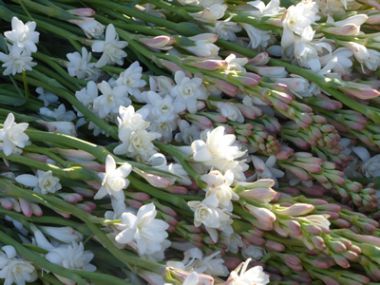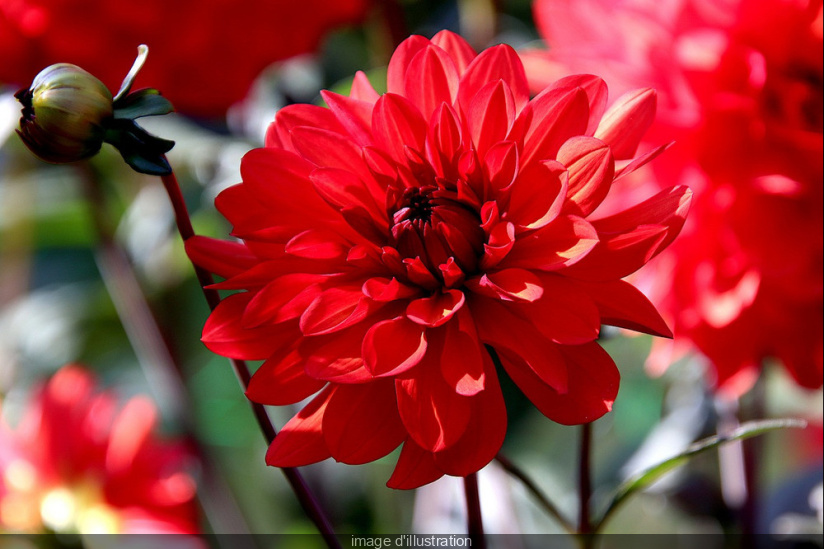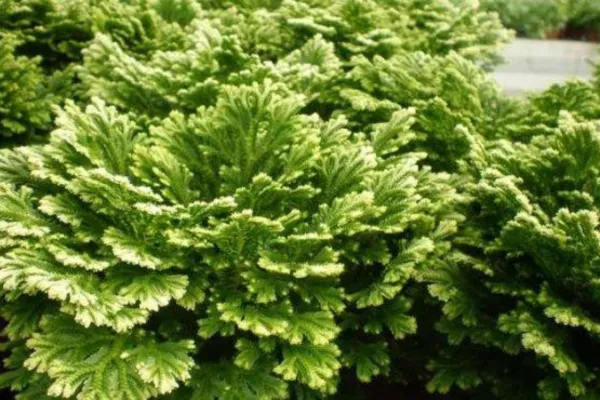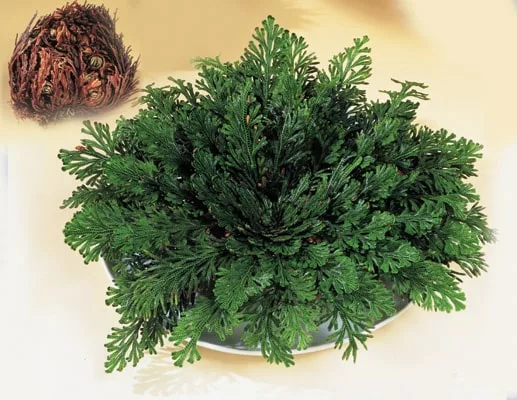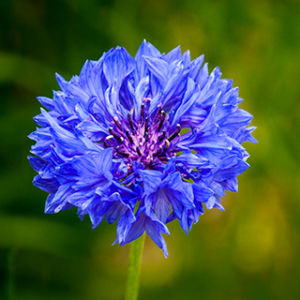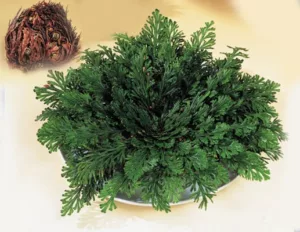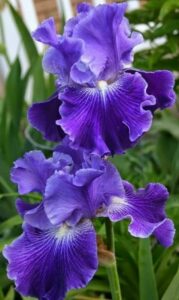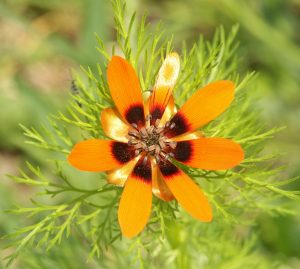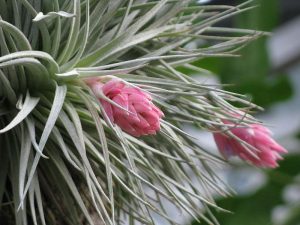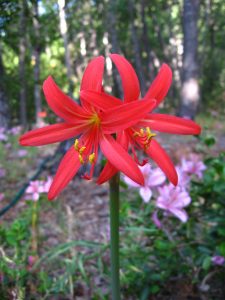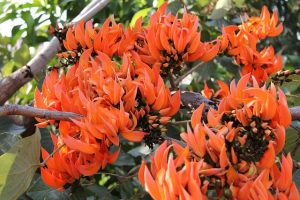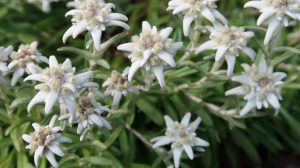The tuberose: its characteristics, care, uses and pests and diseases that affect it
Hello friends, today we will talk about one of my favorite flowers, I love its aroma and its delicacy: I am talking about tuberose or lilies.
Characteristics of tuberose
The tuberose is a bulbous, herbaceous and perennial plant with a simple floral stem, which has an inflorescence at the end. It can reach up to more than 1 meter in height.
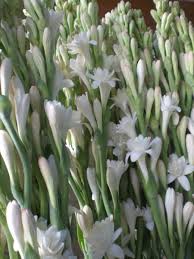
It belongs to the Agavaceae family, to the genus Polianthes. Its scientific name is Polianthes tuberosa and it is native to Mexico. Currently it can be found in much of Central America and the world. Among its popular names are Amiga de la noche, Vara de San José, Tuberosa blanca and Amole. The Aztecs called it Omizochilt: bone flower, because its petals are a radiant waxy white. And in India it is called Rajanigandha which means the fragrance of the night.
In the bulbs the reserve substances of the plant are stored. Small roots grow from these. From the central part of the bulb comes the flowery stem, erect and rounded. On this stem, small leaves grow to the upper end, where the influence is found.
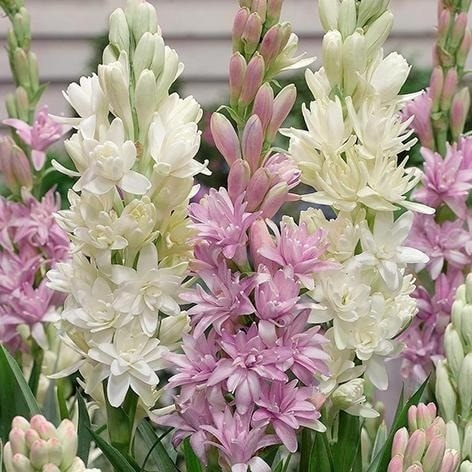
The inflorescence, which measures 30 to 60 cm in length, is composed of 8 to 20 flowers arranged in pairs. The flowers are hermaphroditic, small and very fragrant. They are formed by 6 petals that give the shape of a funnel. They are generally white and of decreasing size from base to apex.
Plagues and diseases
Pests
Tuberose can be affected by different pests: such as aphids, thrips, whiteflies and spider mites. To learn how to identify and eradicate these pests, you can see the links that I leave below.
Nematodes, scorpion onions, moles, rats and rabbits
Snails, ants, grasshoppers, cetonia and insect bugs
Butterfly caterpillars, black donut, soil worms, leafminers and green midge
Cochineals, aphids, whitefly, trips and red spider
Diseases
The tuberose are not only affected by pests, they are also very susceptible to some diseases, mainly fungi, among them are the following:
Root and neck rot (Phytophthora parasitica):
It is a fungus that grows especially in humid soils. The roots and the neck of the plant show necrosis, causing wilting and yellowing of the plants, until the leaves dry and fall.To control it, soil moisture must be reduced and its incidence prevented by disinfection of the bulbs . In the case of severe infections, chemical control must be used by spraying directed at the neck of the plant.
Ramularia primulae,Phillosticta primulicola, Gloeosporium sp. y Colletotrichum sp.:
These are fungi that cause leaf spots.
Ramularia primulae: causes pale yellow spots on the upper surface and white on the underside, which later turn reddish.
Phillosticta primulicola: It produces circular brown spots with black mottling inside.
Gloeosporium sp. y Colletotrichum sp. They are the cause of anthracnose (black spots).
To control these, a series of preventive measures must be carried out such as: working with healthy plant material, eliminating diseased plants, disinfecting bulbs, substrate, work tools, etc.
Chemical control must be carried out through treatments with authorized fungicides.
Botrytis cinerea: The fungus develops under conditions of high humidity and temperature. It affects the bulbs, leaves and flower buds, causing round brown spots. Control of this fungus is very important. Excess humidity should be avoided, either by reducing the dose and frequency of irrigation, spacing the plants or ventilating. It is also convenient to remove diseased tissues, cutting them flush with the stem and using disinfected tools.
Varieties of tuberose
White tuberose:
It is the most common in flower arrangements for weddings: from the decoration of the banquet to the bride’s bouquet. The white color symbolizes purity and innocence, which is why the white tuberose is the most suitable for these ceremonies.
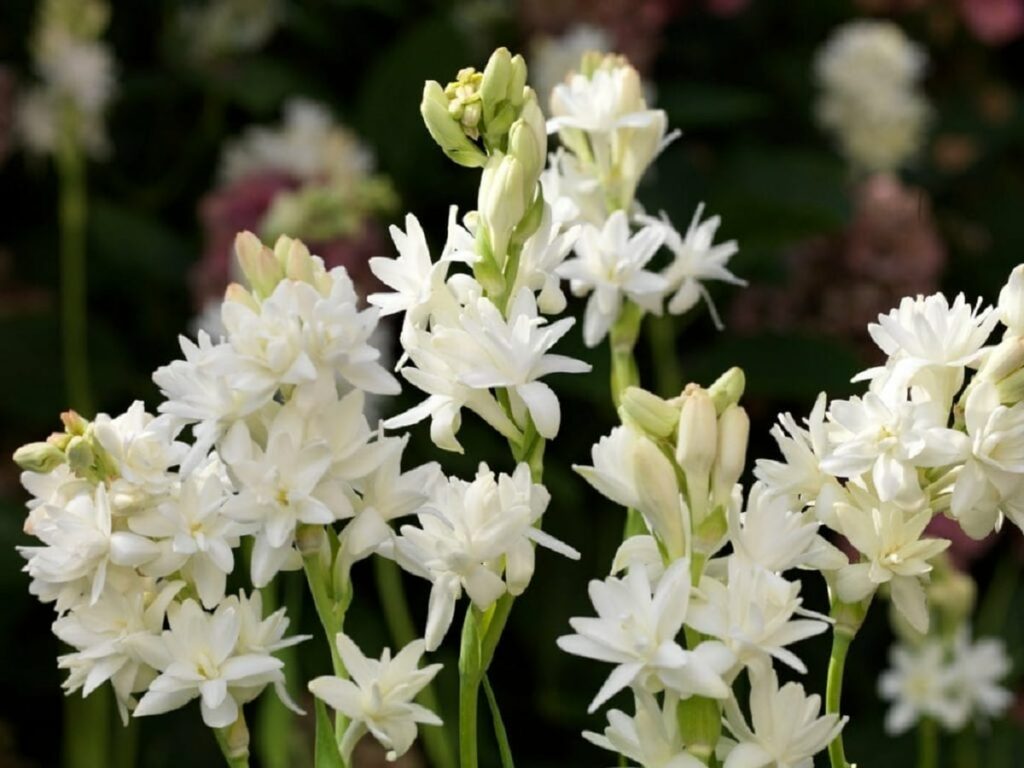
If you want to learn how to make a beautiful bridal bouquet, and learn about the different bridal bouquets that exist, here is the link to one of our articles.
Pink tuberose:
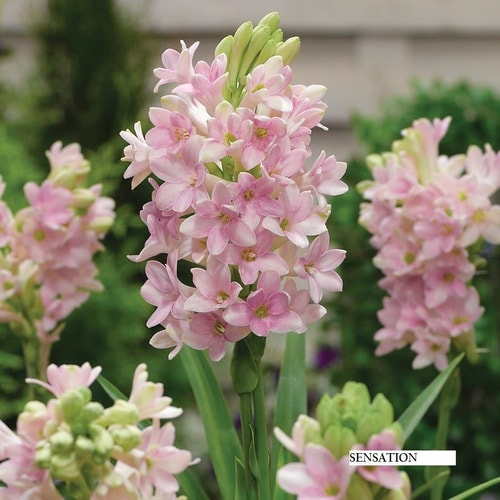
is the most romantic. It is used for the most romantic celebrations: marriage requests, commemoration of the golden anniversary and more anniversaries.
Blue tuberose:
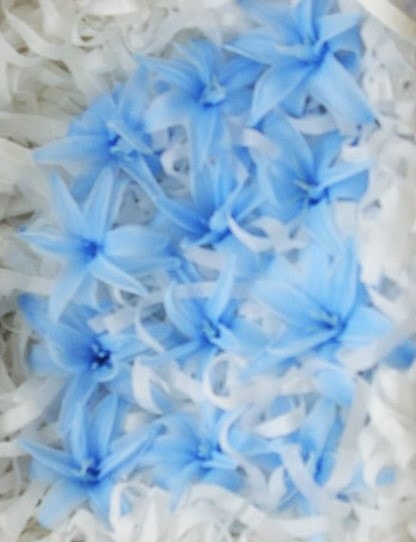
It is ideal for night celebrations, outdoor dinners, baptisms, and events of all kinds. The blue color brings a touch of glamor and elegance to all kinds of floral compositions.
The tuberose were imported to Europe in 1594, by the Spanish doctor and founder of the first botanical garden in Seville: Simón de Tovar. Later, the Netherlands took a monopoly on its cultivation. Later, this flower was taken to countries such as Italy and France. In the latter, it was grown mainly in El Valle Del Río Siagne, a place close to Cannes and Grasse.
The importance of amole in France became such that about 75 tons were harvested per year. This in order to process them in different perfumeries in the city of Grasse. However, the tuberose did not stop there. Over time, the exquisiteness of this plant conquered Morocco, India and other parts of the world.
Due to its captivating aroma, it is used to make luxury perfumes such as Fracas by Robert Piguet (1948), Poison by Dior (1985), Aura by Swarovski by Swarovski (2011) and Truth or dare by Madonna (2012).

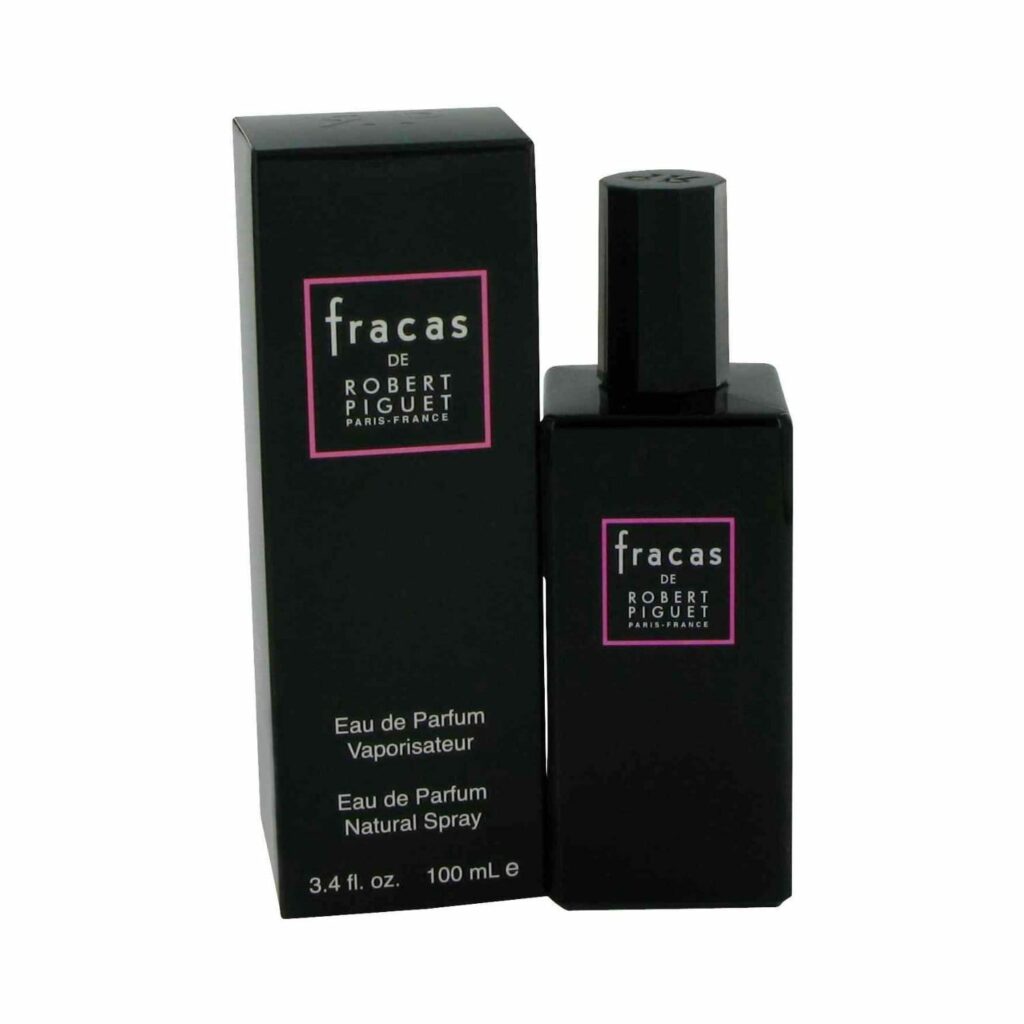
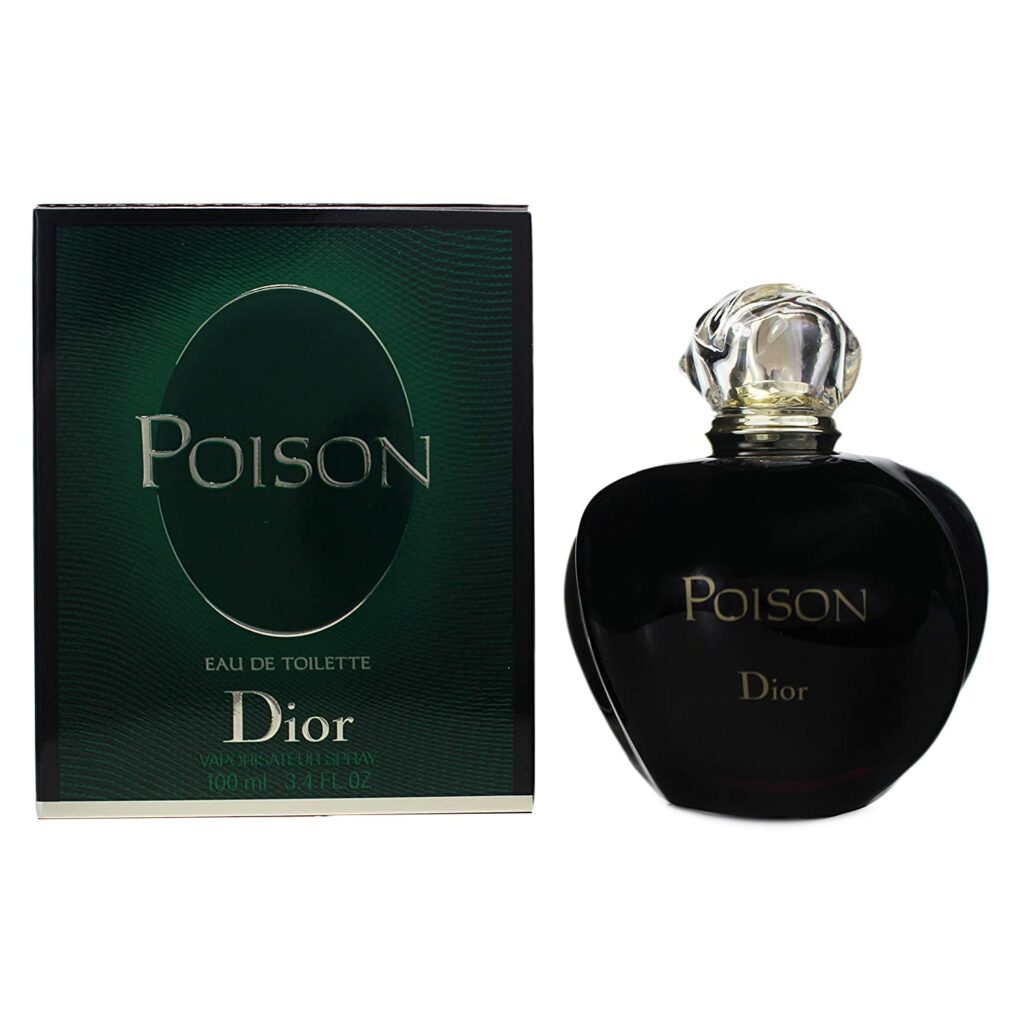
Care for the cultivation of tuberose
To grow tuberose we must first select the place where we will grow it. You must bear in mind that it is important that you give it direct sunlight at least 6 hours a day. The soil must be well fertilized and have good drainage. The tuberose bulbs should be sown 15 or 20 cm apart, so that they can grow without problems, and preferably in spring. Watering should be spaced, although in summer and in the flowering period it may need to be more frequent.
The flowers should be cut early in the morning. It is recommended to cut those spikes that already have at least 2 pairs of flowers open. For its conservation, you can put it in a vase of water with an aspirin. This water should be changed every 2 days.
We have already seen some uses and characteristics of tuberose. If this article was useful to you, share it on your social networks with your friends. Do you know any other use for this plant? Leave us your comments here.

Share this content:
